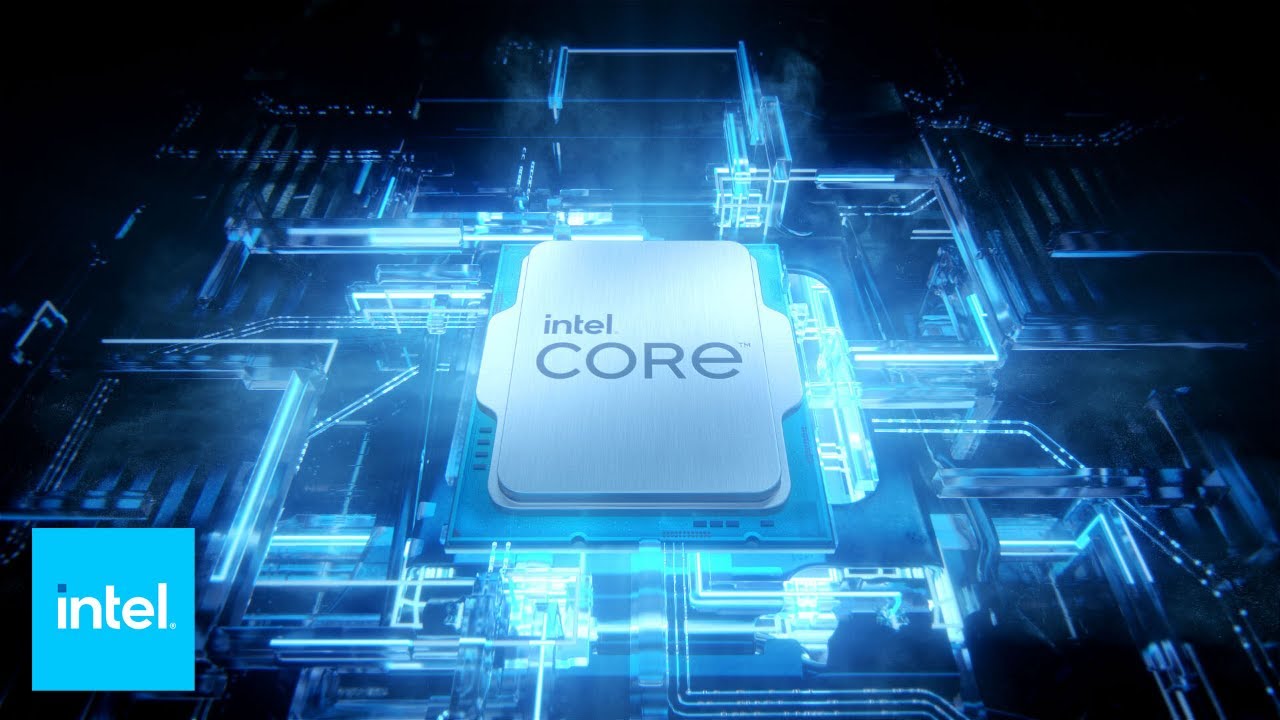Chinese news outletBenchlifeclaims to have insider information on Intel’s upcoming Arrow Lake processors, which will battle it out with thebest CPUson the market. Intel will purportedly market the next-generation chips under the Core Ultra 200 series branding, with 13 alleged SKUs in the works.
After 15 years of utilizing the Core i series branding, Intel transitioned to the Core Ultra branding withMeteor Lake. Whether we like it or not, the new terminology for product branding is here to stay. Instead of expecting something like the 15th Generation, Arrow Lake will debut under the Core Ultra family, the first desktop chips to do so. The current rumor is that Intel will launch Arrow Lake as the Core Ultra 200 series since Meteor Lake has already taken the Core Ultra 100 series.

According to Benchlife, Intel has prepared 13 SKUs for Arrow Lake. The Core Ultra 200 K series (125W) and non-K series (65W) lineup reportedly feature three models each. There’s a possibility that the non-K counterparts may have different model numbers, unlike in the past, when Intel just dropped the ‘K’ suffix from the model name. Meanwhile, the Core Ultra 200 F series (125W and 65W) and Core Ultra 200 T series check in with two and five SKUs, respectively.
Arrow Lake is rumored to feature a chiplet design, much like Meteor Lake, consisting of a compute tile that houses the processor cores. It’s still a hybrid design with P-cores and E-cores, which have logically been upgraded sinceRaptor Lake. According to early speculation, Arrow Lake may combine Intel’s Lion Cove P-cores with Skymont E-cores. If the rumors are true, Arrow Lakemay not feature Hyper-Threading, so seeing how that affects performance will be intriguing.

Intel Core Ultra Arrow Lake Specifications
*Specifications are unconfirmed.
Intel will likely release the Core Ultra 200 K-series processors first. That means we could see the introduction of the Core Ultra 9 285K, Core Ultra 7 265K, and Core Ultra 5 245K, which are likely the successor to theCore i9-14900K,Core i7-14700K, andCore i5-14600K, respectively. The core count for Arrow Lake is identical to their Raptor Lake Refresh predecessors. For instance, the Core i9-14900K and Core Ultra 9 285K offer 24 cores. The layout is the same, albeit the eight P-cores with 16 E-cores, as seen on the flagships.
However, the most noteworthy change is the lack of Hyper-Threading on Arrow Lake. So, while Arrow Lake delivers the same amount of cores as Raptor Lake Refresh, it doesn’t have the same number of threads. Arrow Lake seems to have 25% to 30% fewer threads than Raptor Lake Refresh. The PBP (Processor Base Power) values for the Core Ultra 200 K series remain unchanged at 125W. We don’t have the clock speeds for Arrow Lake yet, so it’s impossible to project what kind of performance we can expect. If you believe in Intel’s internal projections,Arrow Lakeseemingly delivers up to 21% higher performance than Raptor Lake and up to 2X better iGPU performance.
Get Tom’s Hardware’s best news and in-depth reviews, straight to your inbox.
Arrow Lake will reside on new Intel motherboards withLGA1851sockets and 800-series chipsets. Although the upcoming socket has 9% more pins than the existing LGA1700 socket, the dimensions didn’t change, so you might be able to recycle your existing CPU cooler. Arrow Lake continues to leverageDDR5memory, another piece of hardware you can carry over from an existing build.
Intel hasn’t provided details on when Arrow Lake will hit the market. But we suspect it’ll be sometime in the fourth quarter of the year since AMD’s upcomingZen 5Ryzen processors are on track for launch before the year is over.
Zhiye Liu is a news editor and memory reviewer at Tom’s Hardware. Although he loves everything that’s hardware, he has a soft spot for CPUs, GPUs, and RAM.